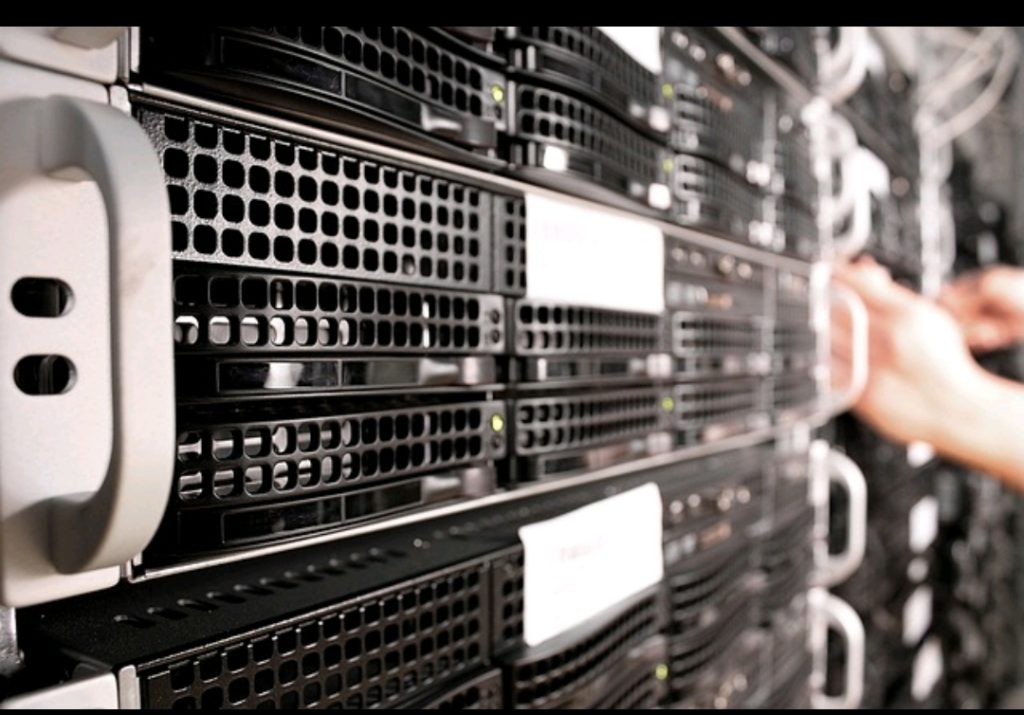The Difference Between Cloud and Regular Accounting Software

Accounting software changed the bookkeeping process forever since the first models were launched, and today, it is almost impossible to find businesses that don’t use software for computations. Traditional or regular software was the standard for a very long time, but with technological advancements, newer, faster, better, and more efficient versions were introduced.
These newer versions operate in the cloud, and users can access them through servers from their remote locations.
If you have to settle for regular or cloud software for your financial records, which one will you settle for? Do you even know their differences? This article will show you all you need to know.
Table of Contents
What Is Cloud Software?
The word “cloud” is massively overused, but many are still unsure of what it really means. Regarding accounting and data collection, cloud accounting software is a tool or digital infrastructure that stores data in data banks that can be accessed through a server by their owners. To access data, the user must input their passwords or passcodes.
Accounting software stores and automates information like accounts receivable and payable, expenses, income, etc. This infrastructure has proved to be reliable for business administrators and planners since they can readily access information for their audits, forecasting, and inventory management.
Users do not have to keep records at a physical site, as everything is stored in the cloud. They can also make entries and edits on existing documents or information from a remote location.
There are three types of cloud software that are Iaas, Saas, and the Pass.
Iaas: Under this arrangement, the vendor provides the network, data center, and servers, so the user only needs an internet connection to access them to get their information already stored.
Pass: The vendor provides the tools, infrastructure, and environment for the user to manage applications. This model is far more robust than Iaas.
Saas: This is the oldest form of cloud accounting in which the vendor provides the software application, infrastructure, and platform for their client to access data using a mobile device and a browser connected to the internet.
Regular/Traditional Accounting Software
The first accounting software was used at business premises, not an external location. The software and its servers were stored onsite, and employees or users could access and modify it to suit their goals. Regular accounting software works the same way cloud software works today. In fact, one would be right to say that advanced cloud software was designed using models from regular software.
One of the major differences between regular and cloud software is the onsite element present in one and not the other.
Differences Between Cloud Vs. Regular Accounting Software
Onsite/Offsite
The first major difference is the onsite and offsite elements. Regular accounting software must be onsite to work, and users can access the servers at any time. Cloud servers are offsite and are not within reach or under the control of the users.
Automation
While some regular software has automated features, automation is a basic element of all cloud software. Users don’t have to manually execute all tasks like inventory management, invoice generation, etc. These can be automated, so there is little need for manual execution. For regular software, many tasks must be done manually, and they take time, especially when dealing with a large body of work.
Updates
Cloud updates are also automated, so users do not have to do anything to update their features. This responsibility lies with the server vendors, so once they log into the system, their interface is automatically upgraded to reflect the new changes. The reverse is the case for regular software, as it has to give commands to implement updates.
Scalability
When discussing the difference between cloud and regular accounting, you should also understand that while the former is scalable, the latter is not. Cloud software can be upgraded to meet your needs, but there is a growth limit one can achieve with regular accounting software. Once the user reaches a limit with no room for expansion due to increased data, they must ditch it for another software with a bigger server. Besides, regular software is not as cost-effective.
Conclusion
The difference between cloud and regular accounting software is as clear as day. The only similarity they have is that they are used for bookkeeping and record generation, but in terms of scalability and convenience, cloud software wins. They are far more secure, user-friendly, and cost-effective. Regular maintenance is the developer’s responsibility so businesses do not have to increase their overhead cost to keep the infrastructure running.






